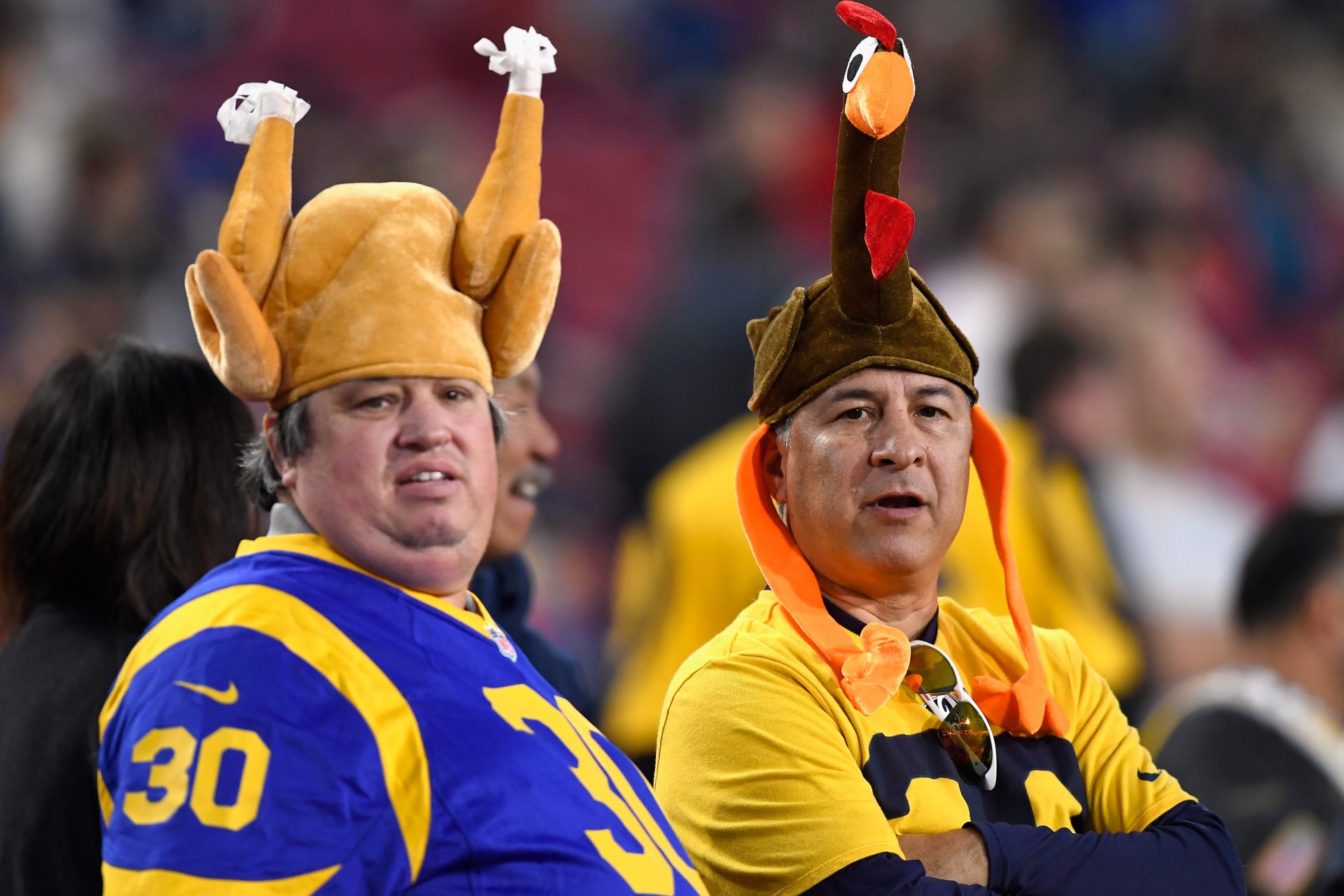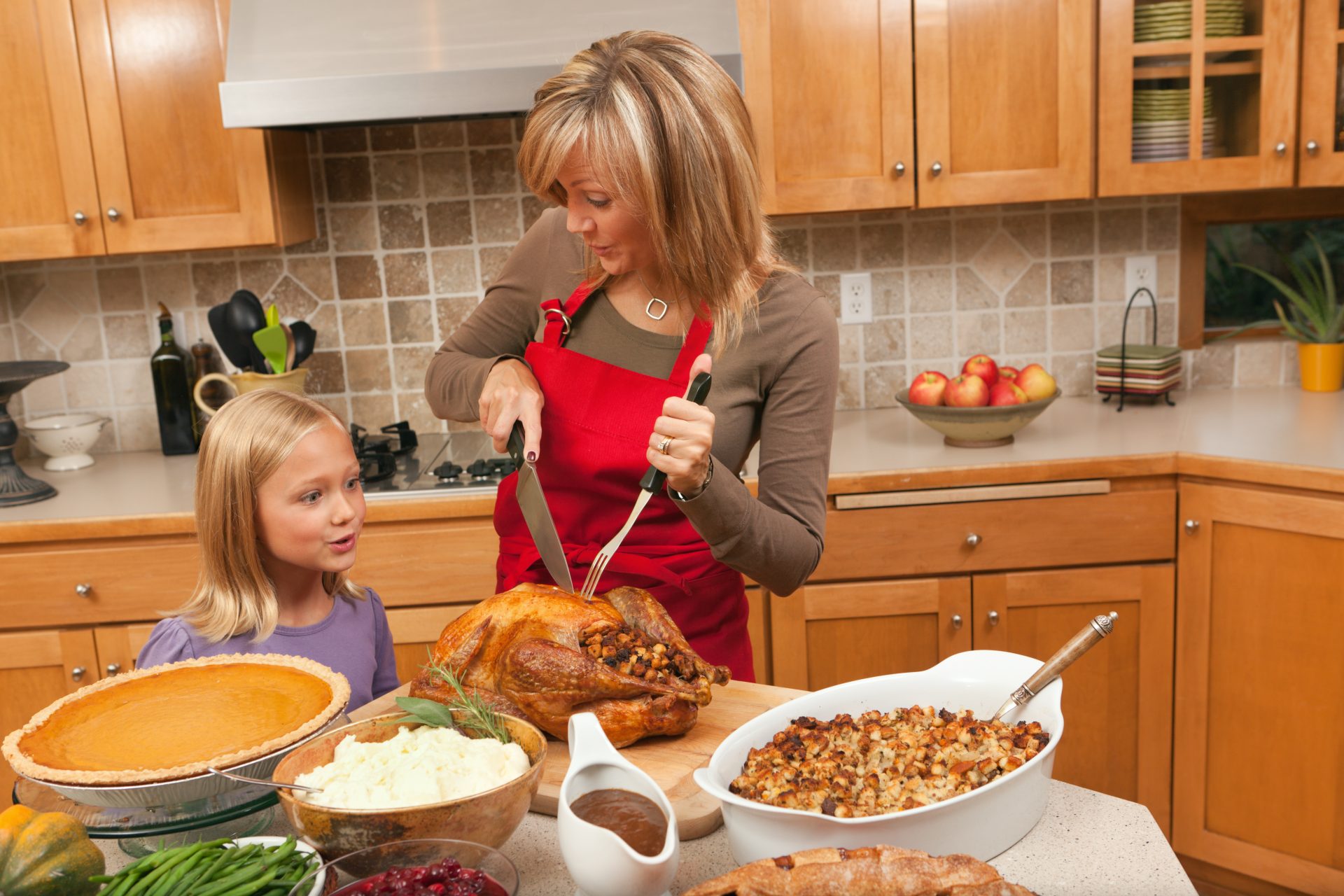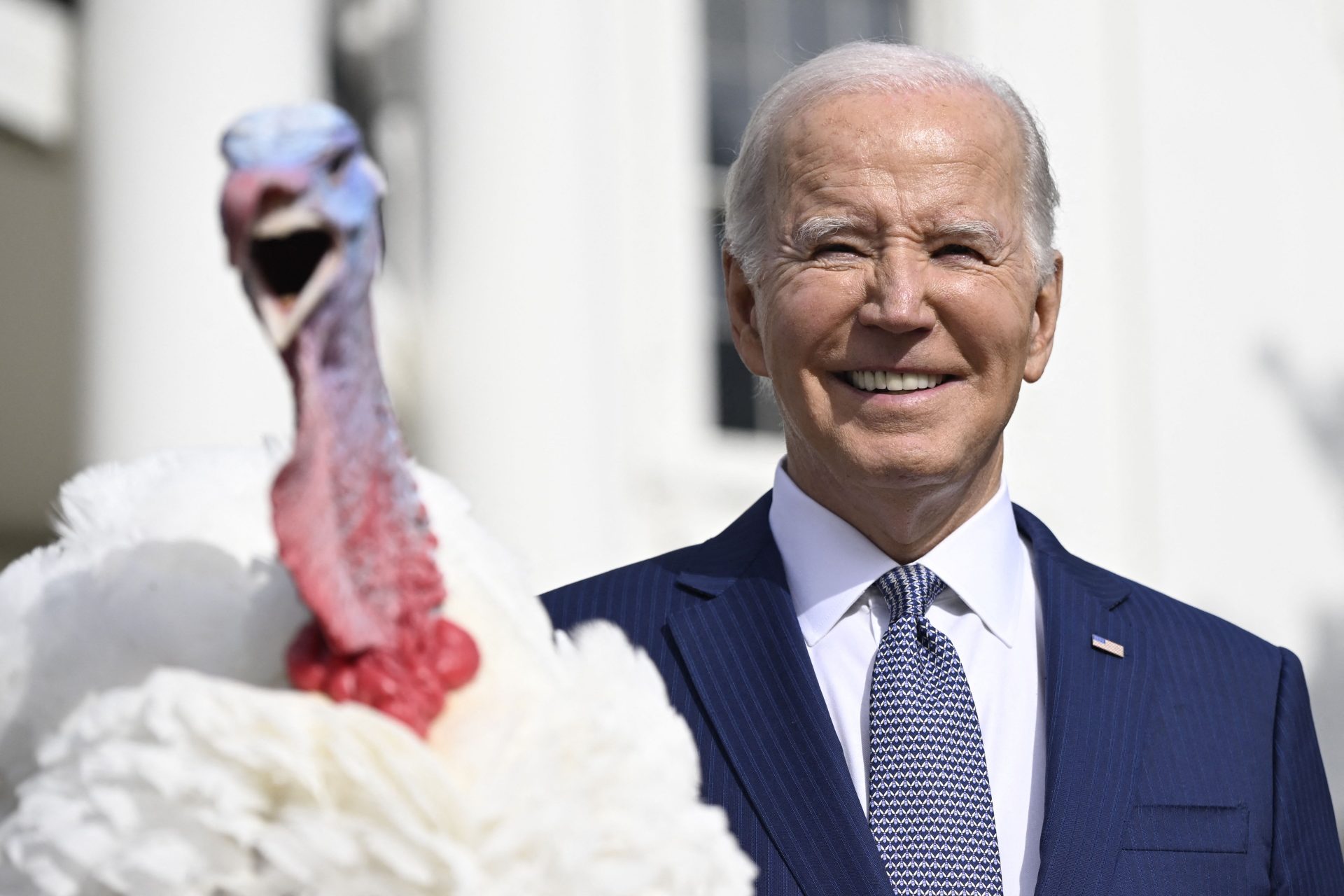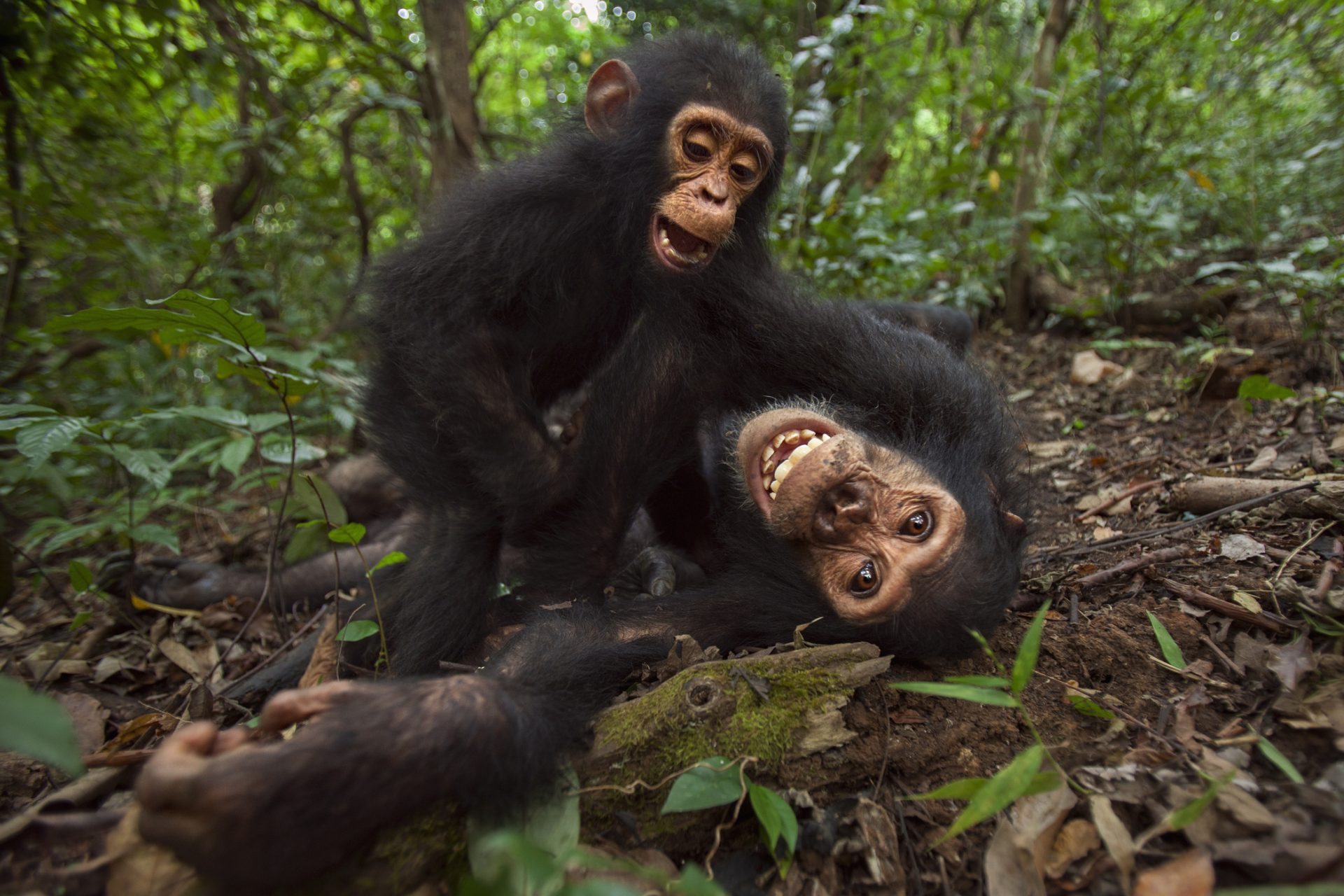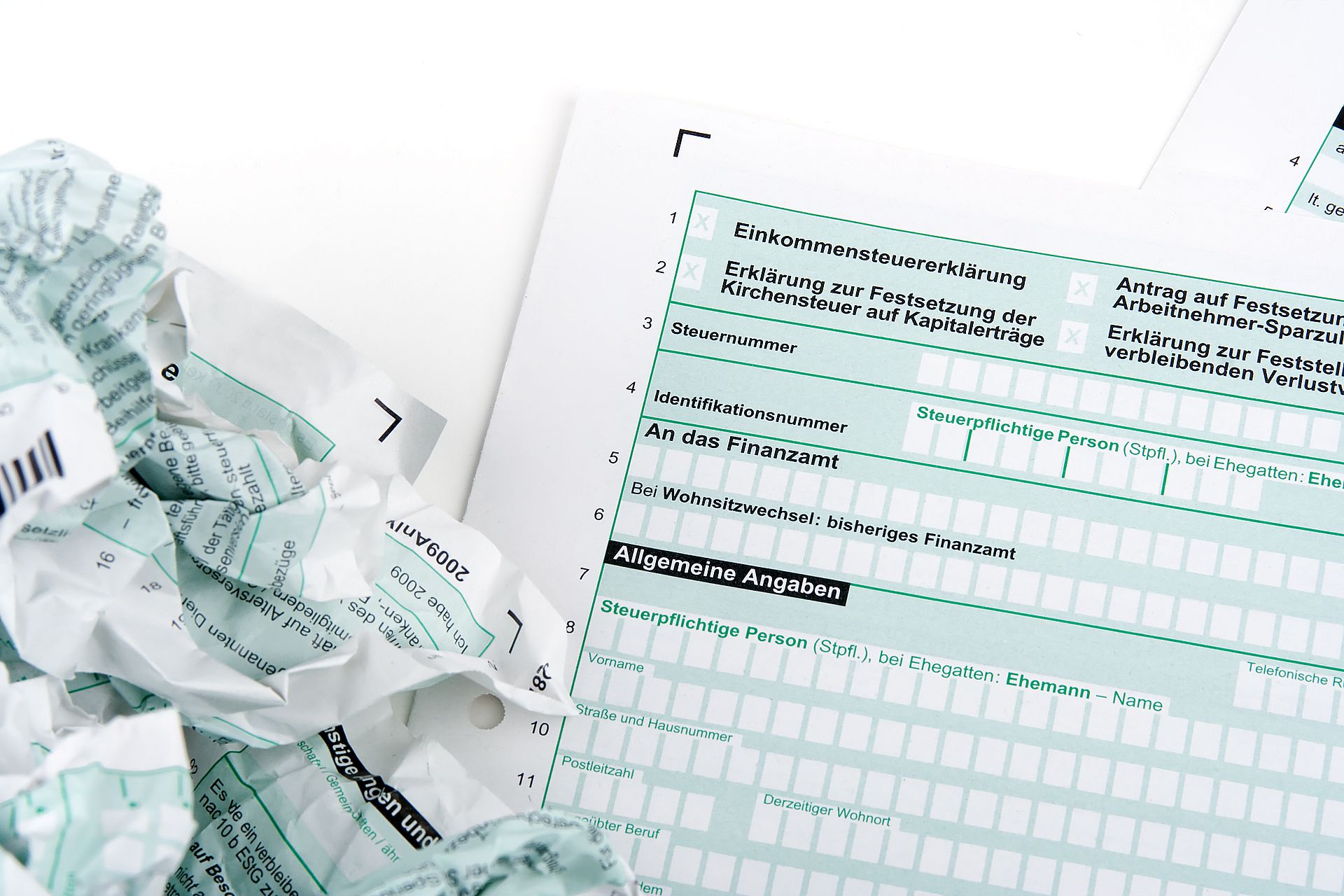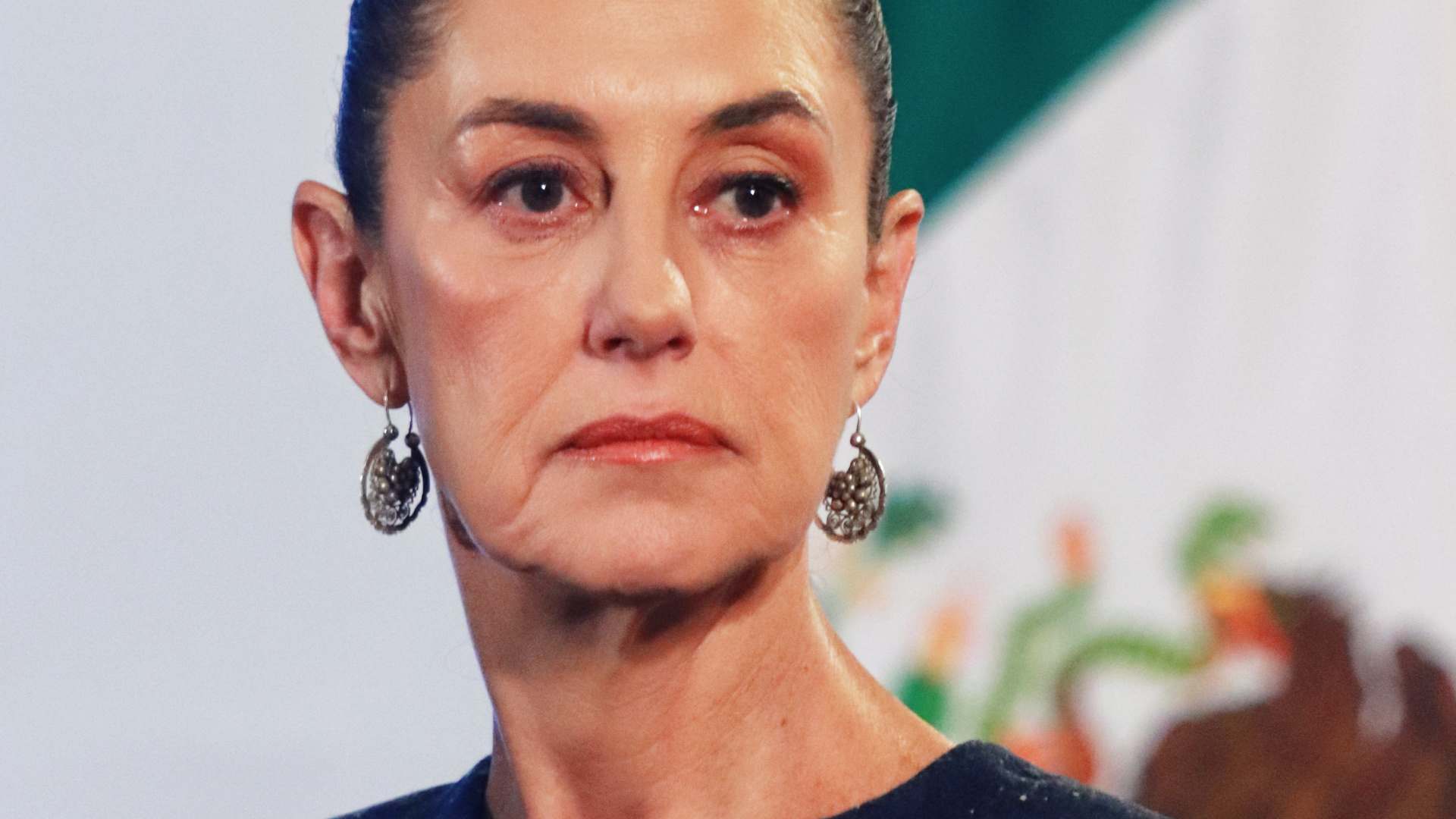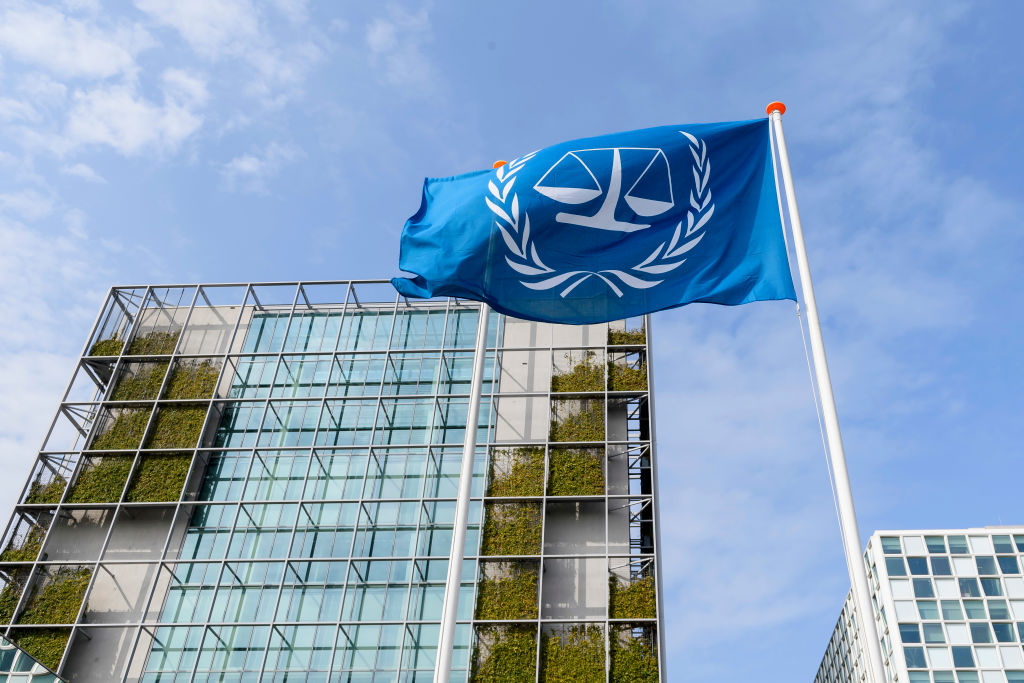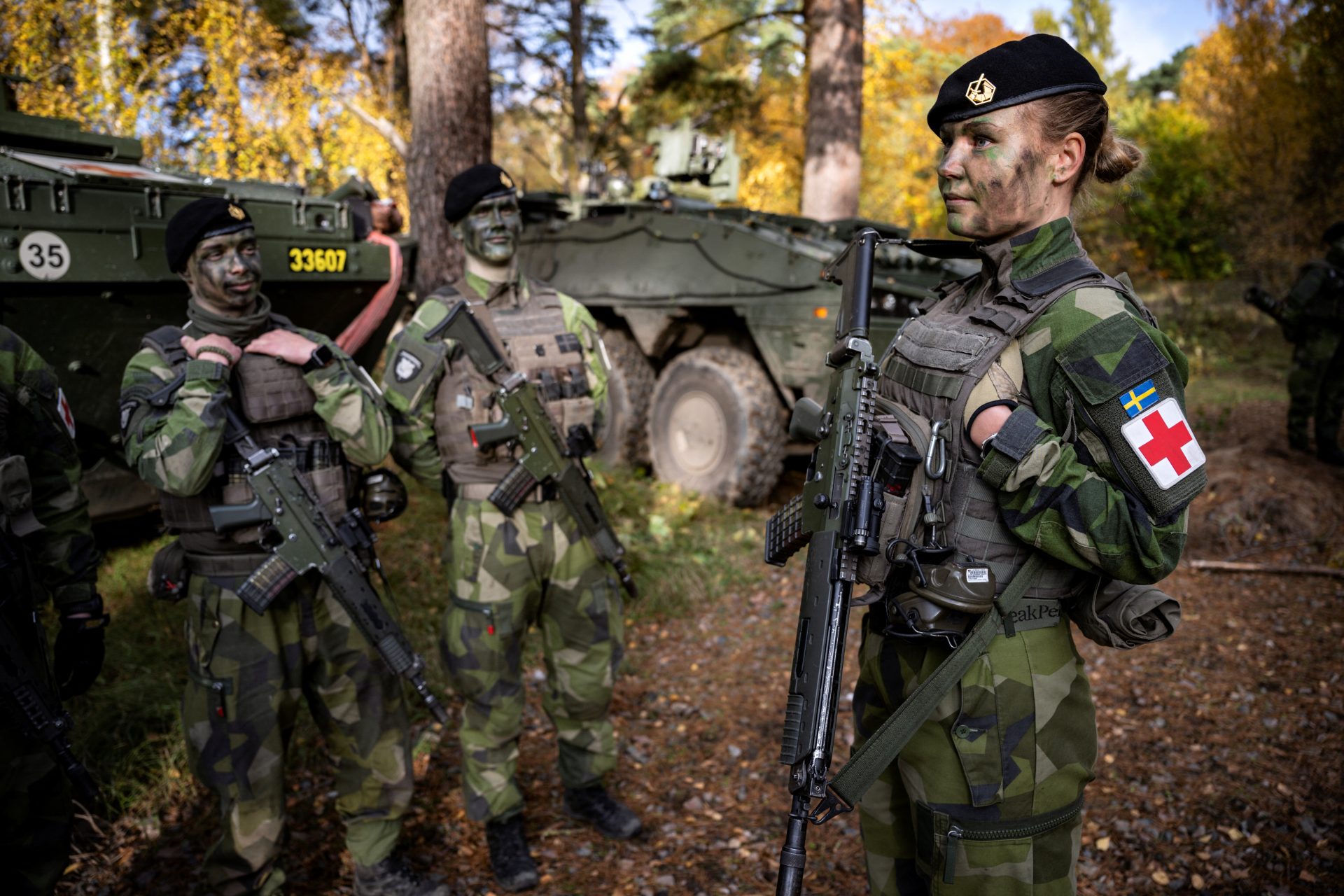How Americans and Canadians celebrate Thanksgiving differently
As Thanksgiving sweeps across the U.S., have you ever wondered if your neighbors to the North also celebrate Turkey Day? If so, what are the differences?
As a Canadian I have met more than one American who was pretty shocked to learn that Canadians do in fact celebrate Thanksgiving.
Even more surprised to learn that Canadians enjoy this holiday are people from Europe and other countries, since Thanksgiving always appears on American tv shows, they never thought Canadians celebrate it also.
However, Canadians really enjoy celebrating Thanksgiving! And they are actually quite a few differences between how Canucks and Yanks celebrate. Click on to find out what they are!
First up, let's talk about the turkey pardon. This is a purely American gig – Canada doesn't let turkeys off the hook with a presidential get-out-of-dinner card!
While Canadian and American Thanksgivings may seem alike initially, there are crucial distinctions that make a delightful Canadian celebration stand out. Let's start with the date – Canadian Thanksgiving takes place in October, and it's a Monday affair!
Throughout the years, Thanksgiving's date in Canada has shifted, but in 1957, the Canadian government officially designated the second Monday in October as the steadfast day for Thanksgiving celebrations.
Image: Wikicommons-By Moxy
Canadians celebrate Thanksgiving ahead of Americans for two key reasons: 1) Our harvest ripens earlier in the cooler climate, and 2) holding Thanksgiving in November might coincide with another significant Canadian holiday, Remembrance Day on November 11th.
Photo: By Joseph Gonzalez
Canadian and American Thanksgivings share distinct yet similar origins. While the American Thanksgiving story from 1621 is well-known, the roots of Canadian Thanksgiving as a significant tradition are less familiar. Some experts posit that Canadian Thanksgiving might extend even further back than the renowned Pilgrims' feast.
(Image: By Jean Leon Gerome Ferris - This image is available from the United States Library of Congress)
Initially, Canadian Thanksgiving consisted of a gathering and a meal dedicated to thanking God for safeguarding the first explorers in the New World.
As per National Geographic, the earliest account of such "thanks-giving" meals dates back to 1578. The pioneering instance involved English explorer Martin Frobisher and his crew, who were the first to partake in and express gratitude by sharing a meal together.
(Image: By Cornelis Ketel - Digital BodleianThis file comes from the Bodleian Libraries, a group of research libraries in Oxford University)
In celebration and gratitude for their safe journey through the North-West Passage in Northern North America (now the Territory of Nunavut) in Canada, Martin Frobisher and his crew savored a distinctive dinner featuring biscuits, salt beef, and mushy peas, expressing their thanks to God.
Canadian Thanksgiving didn't achieve national holiday status until 1859, a full four years ahead of the United States, where it was officially declared a national holiday in 1863.
Pictured: Thanksgiving at Toronto's St. Lawrence in 1967.
Even though Canada claimed national holiday status first, it took nearly a century for the Canadian government to settle on a specific date. From 1859 until 1957, the holiday was observed on various dates, ranging from April to November.
Photo by Marius Ciocirlan
Today, Canadian Thanksgiving is predominantly viewed as a non-religious holiday, symbolizing the commencement of the fall season and serving as a reminder to express gratitude for good friends, family, and the bounty of the season.
This brings us to the next significant distinction between Canadian and American Thanksgiving—Canadian Thanksgiving is notably more laid-back. While the United States goes all out with parades, football, and extravagant feasts, Canada tends to keep it more low-key.
Thanksgiving is recognized as a statutory holiday in most Canadian provinces, although it's optional in Prince Edward Island, Newfoundland and Labrador, Nova Scotia, and New Brunswick.
Interestingly, Bustle notes that in Quebec, many people don't bother celebrating the holiday at all! For those who do partake in Thanksgiving festivities, the focus is primarily on enjoying a meal with family and/or friends.
Typically, the October weather is delightful, making a Thanksgiving Day hike to admire the vibrant fall foliage a popular tradition in Canada.
Photo by Aaron Burden
Moreover, as the holiday falls on a Monday, most people relish their grand feast on Saturday or Sunday. Monday is often reserved as a travel day for those visiting family or as a "recovery" day to tidy up and unwind after the festive indulgence.
Canadian Thanksgiving doesn't include Black Friday or Cyber Monday, and there's no post-Thanksgiving shopping frenzy. After Thanksgiving, the most fervent shopping tends to be stocking up on Halloween candy during October sales.
Nevertheless, similar to many other countries, Canadian retailers have joined in on the American traditions of Black Friday and Cyber Monday deals in November, especially through online shopping. It's worth noting that these events occur in November, well after Canadian Thanksgiving.
Photo by Ashkan Forouzani
One more contrast between Canadian and American Thanksgivings lies in the food. At a quick glance, the spread may seem the same in many households: turkey, stuffing, gravy, cranberry sauce, root vegetables, and pumpkin pies.
Photo by Pro Church Media
Yet, your Thanksgiving feast might take a different turn based on your upbringing, culinary preferences, and your level of "Canadian-ness." In certain households, you might find traditional Canadian Thanksgiving dishes like tourtière, a classic French-Canadian meat pie (pictured), or perhaps a roast ham.
On a Canadian Thanksgiving table, you won't come across two dishes popular in the United States: cornbread and sweet potato casserole.
More for you
Top Stories




